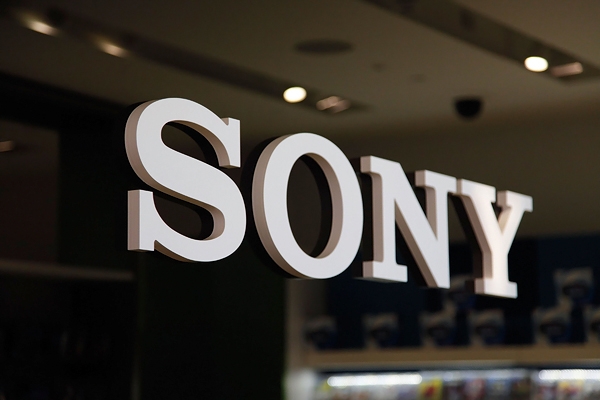The opposite of integration (a firm’s growth, in number of businesses) is outsourcing value-creation activities to subcontractors. In recent years there has been a clear move among many enterprises to outsource non-core or non-strategic activities. Any function can be outsourced, if it is not critical to a firm’s success (is not one of its distinctive competencies).
Outsourcing begins with a identification of a firm’s distinctive competencies–these will continue to be performed within the company. All other activities are then reviewed to see whether they can be performed more effectively and efficiently by independent suppliers. If they can, these activities are outsourced to those suppliers.… Read the rest


